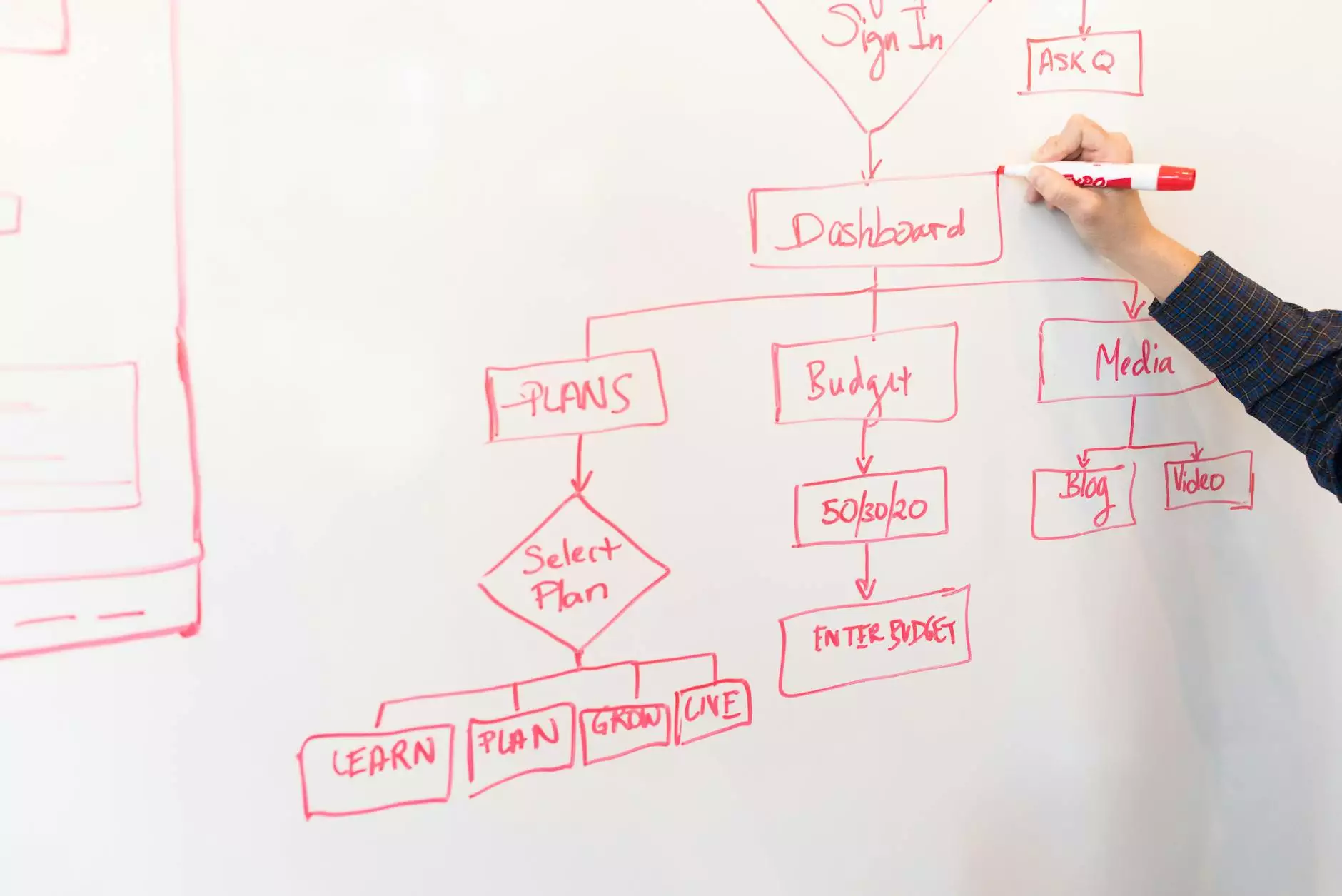Insect and Pest Management: A Key to Successful Farming

In the world of agriculture, insect and pest management emerges as a crucial element for the success of any farming operation. As farmers strive to maximize their yields, understanding the intricacies of managing pests is essential, not only for the health of crops but also for the longevity of farming equipment. In this comprehensive article, we'll delve into the best practices, methods, and innovations in insect and pest management that can transform the way farms operate.
The Importance of Insect and Pest Management
The impact of pests on crops can be devastating. According to the Food and Agriculture Organization (FAO), up to 40% of global food production is potentially lost each year to pests and diseases. This staggering statistic underscores the necessity of effective pest management strategies. Not only do pests reduce yields, but they can also compromise the quality of produce, leading to financial losses for farmers.
Understanding Different Types of Pests
Pests can broadly be categorized into different groups based on their characteristics and behaviors:
- Insects: This group includes pests like aphids, caterpillars, and beetles that can directly damage crops.
- Weeds: These are unwanted plants that compete with crops for nutrients and water.
- Rodents: Animals like mice and rats can ruin stored crops and cause considerable damage to equipment.
- Pathogens: Fungi, bacteria, and viruses can infect crops, causing diseases that diminish yields.
Integrated Pest Management (IPM): A Holistic Approach
One of the most effective strategies for insect and pest management is Integrated Pest Management (IPM). IPM combines various management strategies and practices to grow healthy crops and minimize the use of pesticides. Here are some core principles of IPM:
1. Monitoring and Identification
Regularly monitoring your fields for pest activity is paramount. Identifying pests correctly ensures you tackle the right problem. This can be achieved through:
- Visual inspections of plants and soil.
- Setting up traps for insect monitoring.
- Utilizing pheromone traps to monitor pest populations.
2. Prevention
Preventing pests from becoming a problem in the first place can save significant resources. Here are some preventive measures:
- Crop rotation: Alternating crops in your fields can disrupt pest life cycles.
- Soil health management: Healthy soils promote robust crops, enhancing their ability to withstand pest pressures.
- Sanitation: Keeping equipment and fields clean minimizes pest habitats.
3. Control Methods
If pests are detected, control measures must be implemented. Controls can be grouped into:
- Cultural controls: Adjust practices such as irrigation and planting dates to deter pests.
- Biological controls: Employ natural predators, such as ladybugs or parasitic wasps, to keep pest populations in check.
- Mechanical controls: Use barriers, traps, and physical removal techniques as non-chemical methods.
- Chemical controls: When all else fails, select pesticides judiciously and follow guidelines for application to minimize environmental impact.
Emerging Technologies in Insect and Pest Management
Innovation continues to transform insect and pest management. Here are some emerging technologies reshaping the agricultural landscape:
1. Precision Agriculture
Utilizing technology like GPS and remote sensing, precision agriculture allows farmers to monitor crop and pest health at micro-levels. This targeted approach helps in applying treatments only where needed, thereby reducing costs and conserving resources.
2. Drones in Pest Monitoring
Drones equipped with cameras and sensors can cover vast areas and collect data on crop health. This real-time information allows for timely interventions, improving overall pest management strategies.
3. Genetic Engineering
Biotechnology offers the possibility to develop pest-resistant crop varieties. This reduces reliance on chemical pesticides and can contribute to sustainable farming practices, ultimately improving the ecosystem.
Effective Communication and Education
Education is pivotal in successful insect and pest management. Providing resources to farmers about pest identification, management strategies, and the importance of biodiversity in farming can empower them to make informed decisions. Here are some ways to improve education and outreach:
- Workshops and Training: Hosting events where experts share knowledge about pest management can greatly enhance understanding.
- Online Resources: Developing informative content on websites like tsgcinc.com can serve as a valuable knowledge center for farmers.
- Collaboration with Experts: Partnering with local universities or agricultural extensions can provide access to the latest research and technologies.
Conclusion
Efficient and effective insect and pest management is essential for the sustainability of farming operations. By employing comprehensive strategies such as Integrated Pest Management, leveraging technology, and prioritizing education, farmers can protect their crops and equipment while ensuring a successful yield. With evolving challenges in agriculture, adapting to best practices in pest management is not just beneficial—it's essential for the future of farming.









